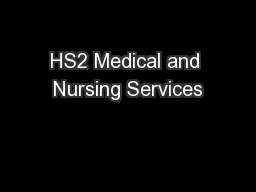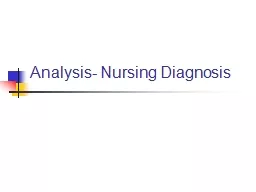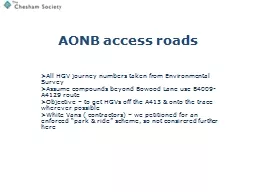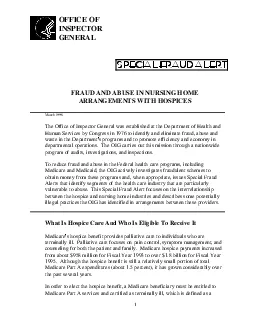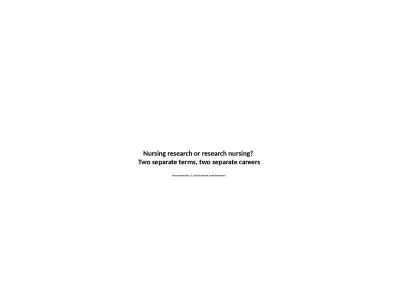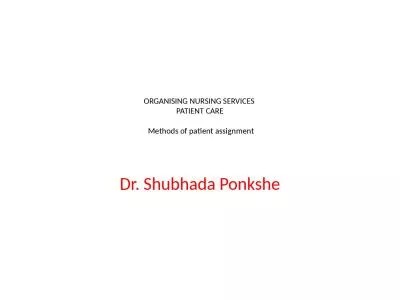PPT-HS2 Medical and Nursing Services
Author : min-jolicoeur | Published Date : 2017-09-19
Created by Dana Cashion Spring 2016 Part 3 PP2 Admitting transferring discharging patient Turning and transferring patient to wheelchair Measuring Input and Output
Presentation Embed Code
Download Presentation
Download Presentation The PPT/PDF document "HS2 Medical and Nursing Services" is the property of its rightful owner. Permission is granted to download and print the materials on this website for personal, non-commercial use only, and to display it on your personal computer provided you do not modify the materials and that you retain all copyright notices contained in the materials. By downloading content from our website, you accept the terms of this agreement.
HS2 Medical and Nursing Services: Transcript
Download Rules Of Document
"HS2 Medical and Nursing Services"The content belongs to its owner. You may download and print it for personal use, without modification, and keep all copyright notices. By downloading, you agree to these terms.
Related Documents

